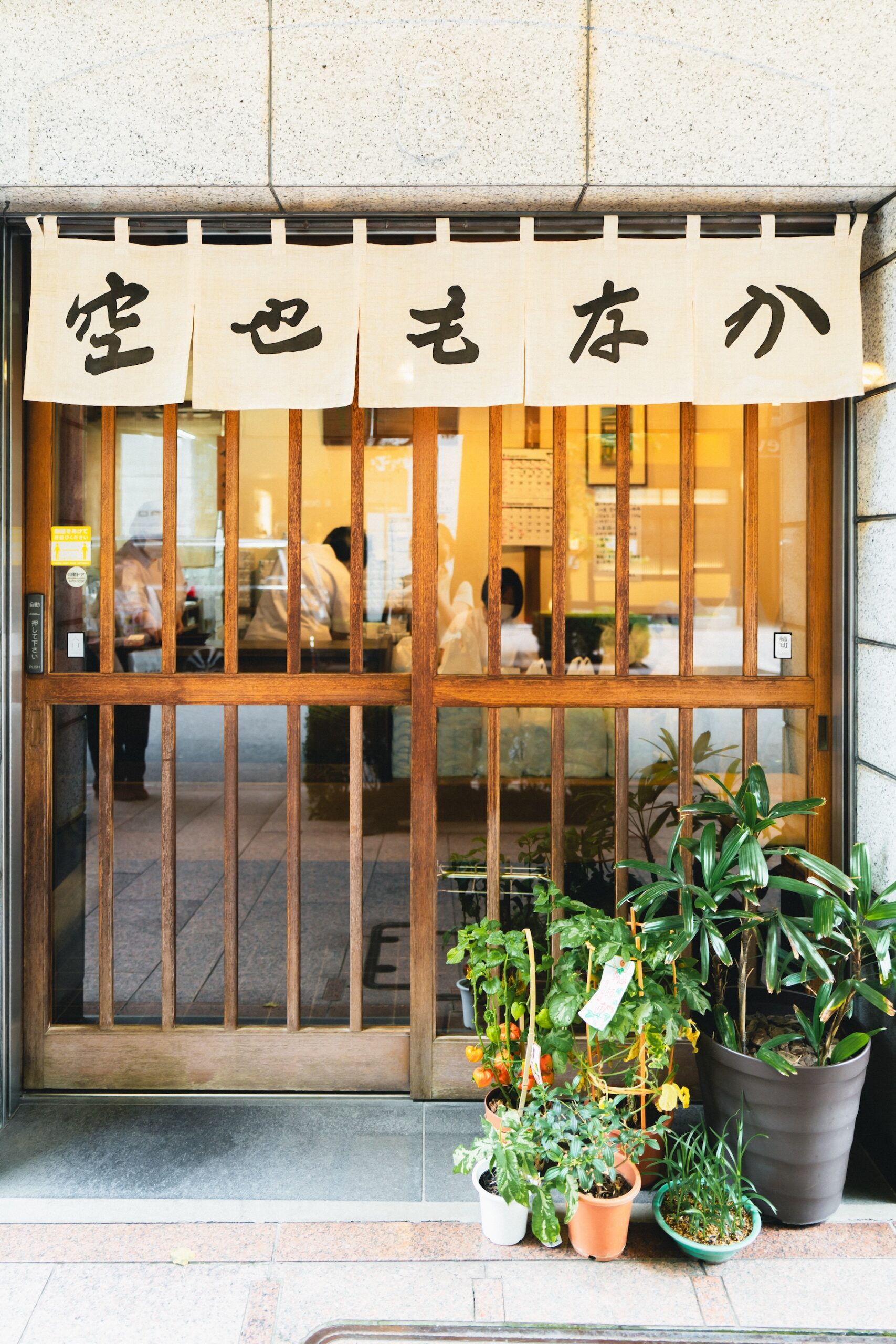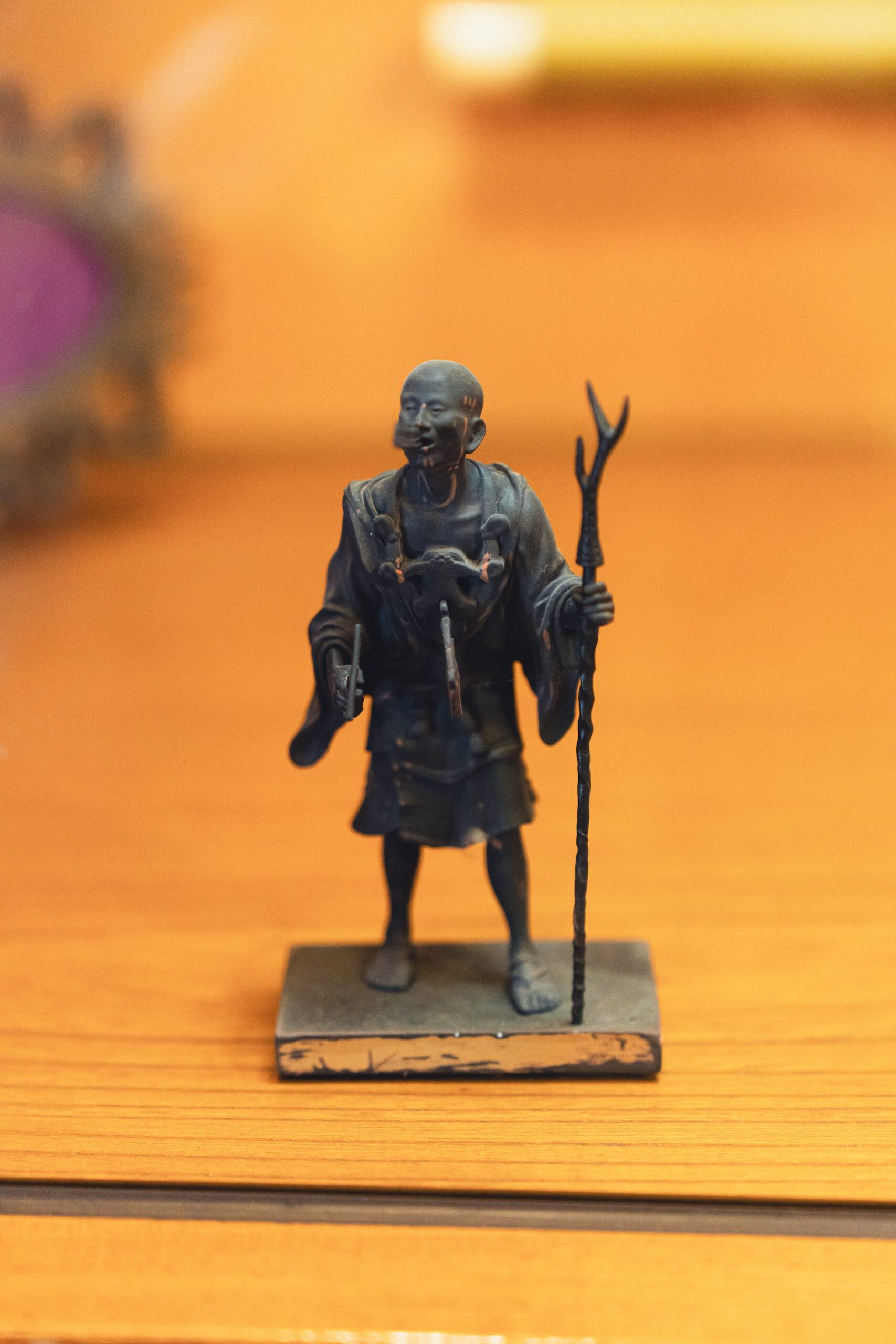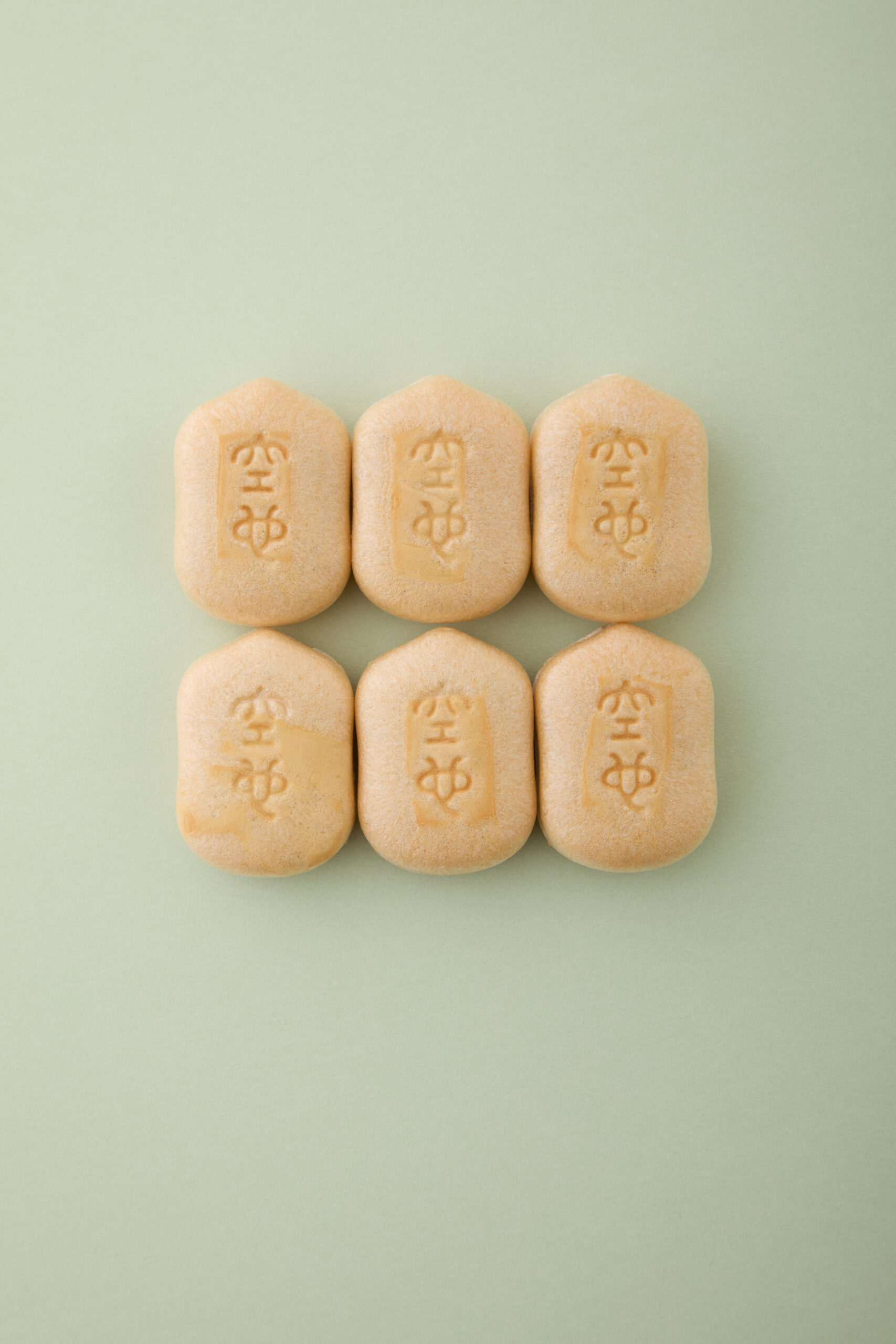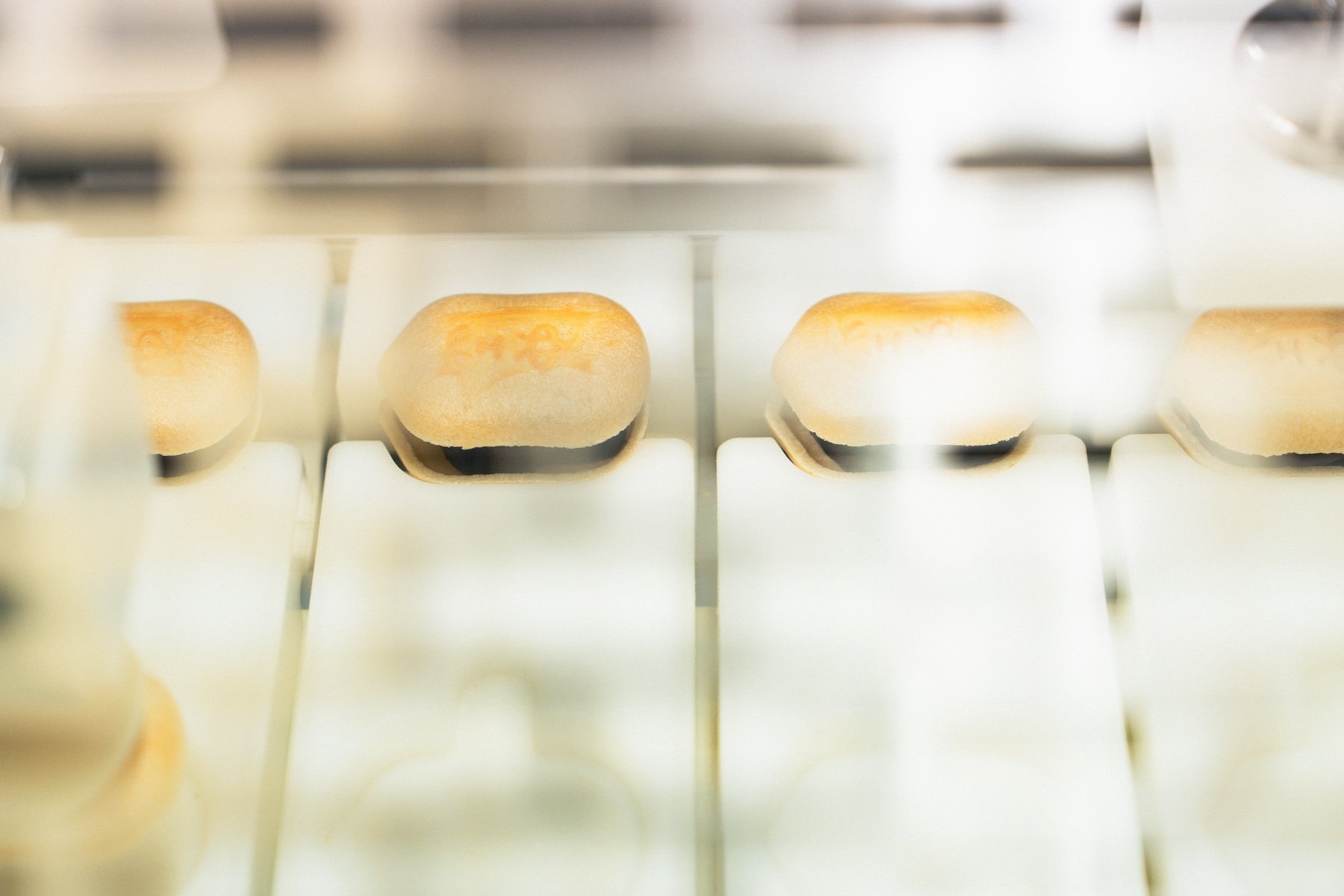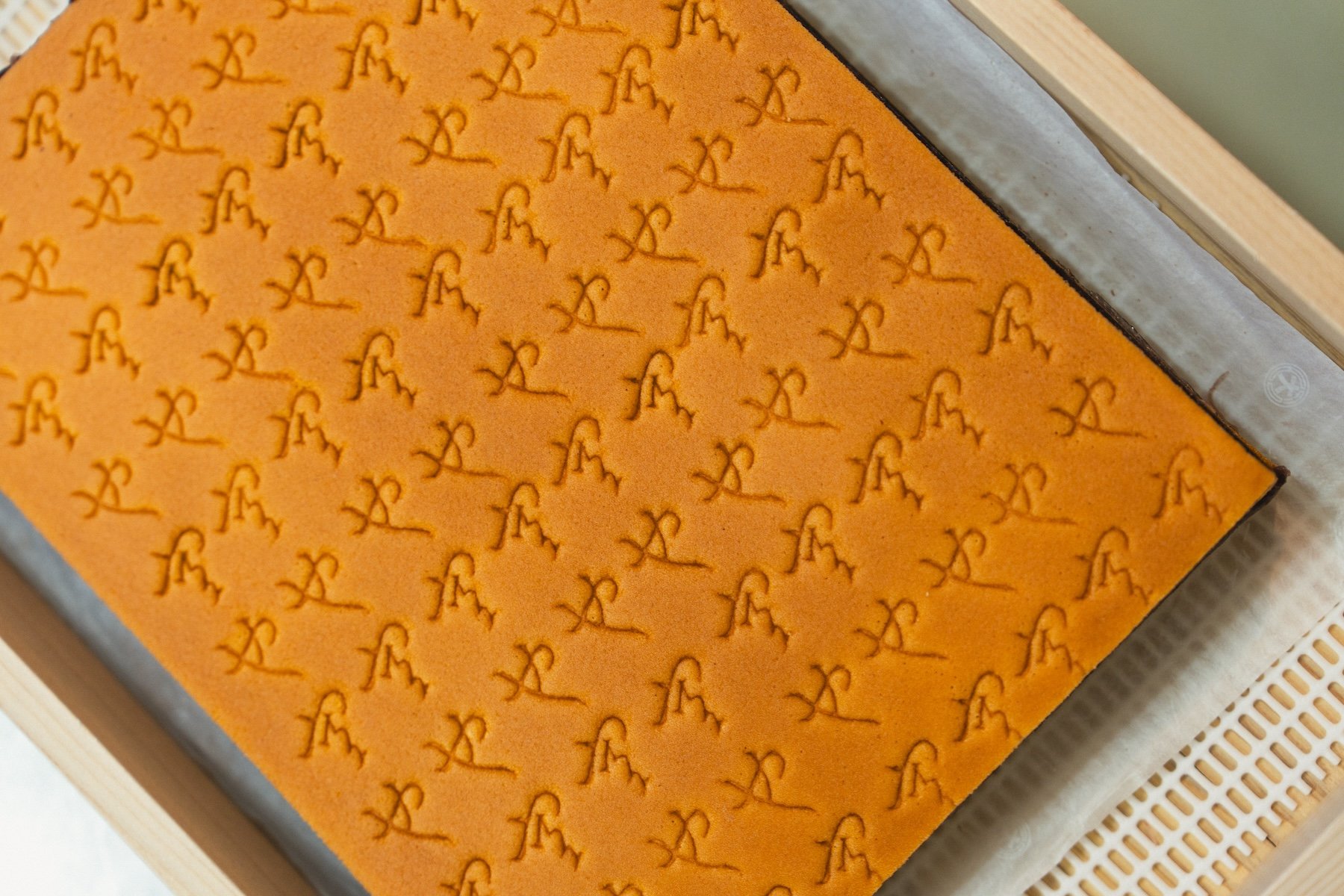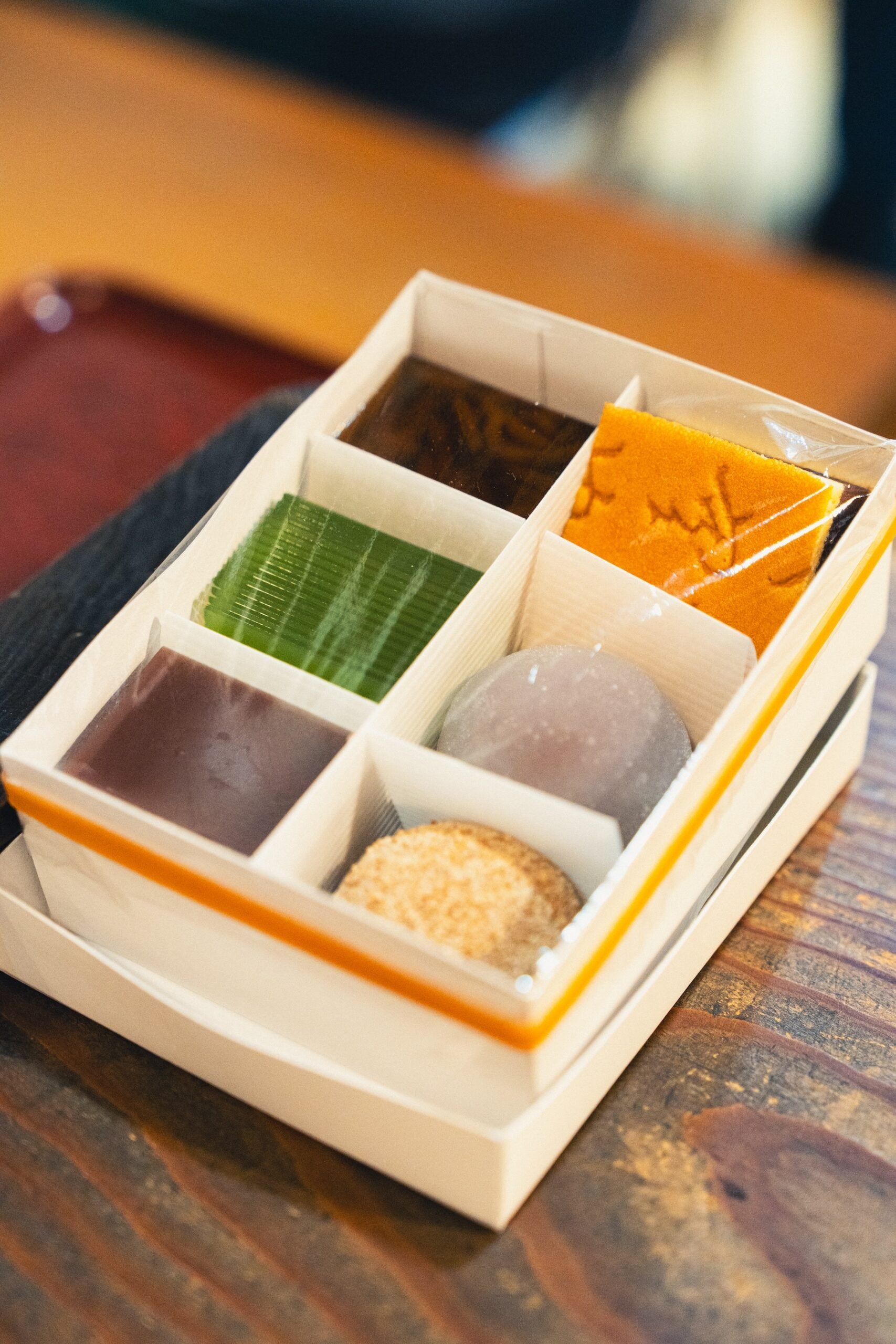CATEGORY
AREA
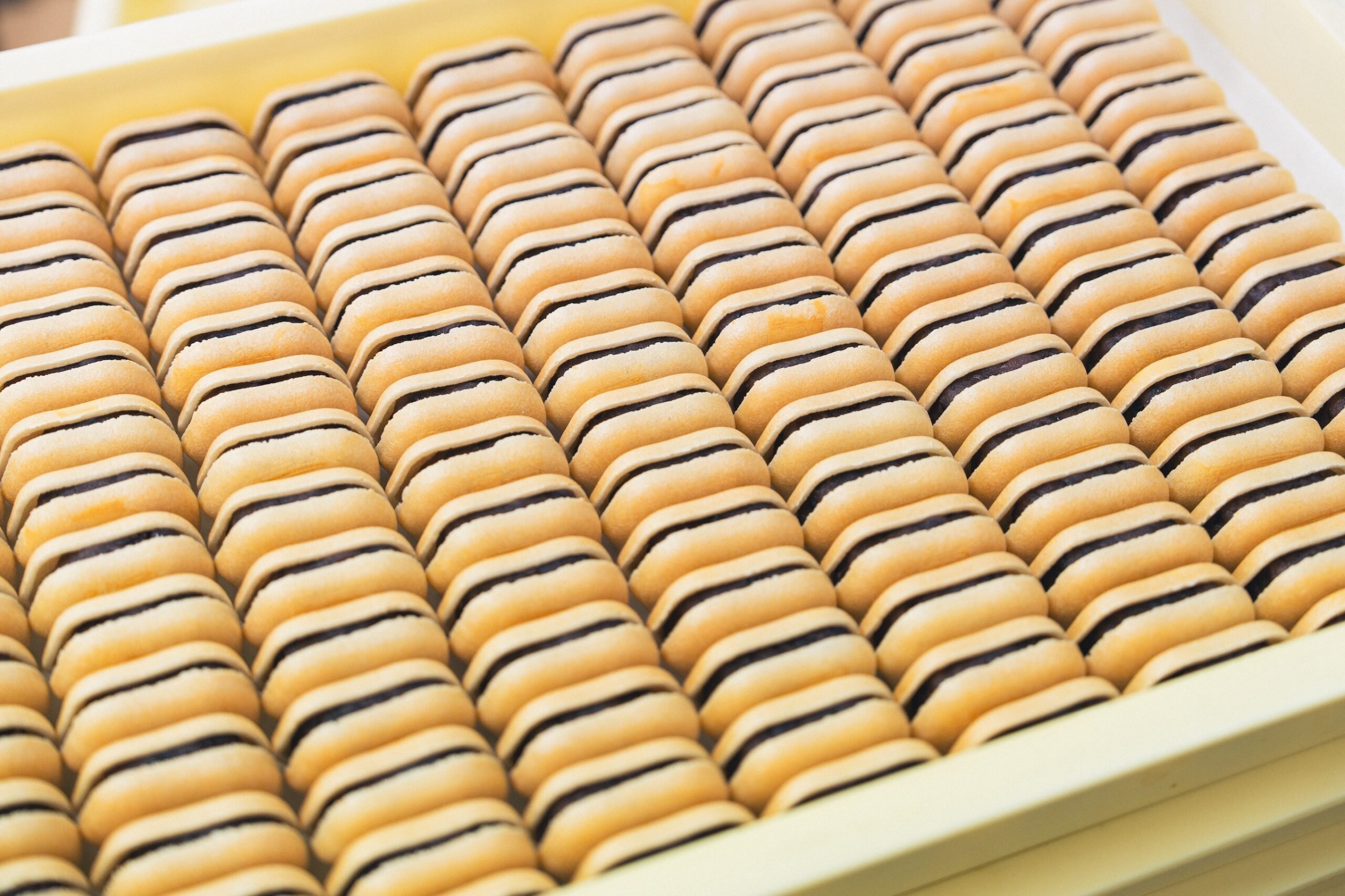
2025.08.31
Famous for its monaka, a beloved sweet enjoyed by Japanese literary masters and cultural figures.
 address
address
 Nearest Station
Nearest Station
For more than 140 years, “Kuya” has supported Ginza’s wagashi (Japanese confectionery) culture as a renowned maker of monaka (a traditional Japanese sweet made of crisp wafers filled with red bean paste). Its signature product, the “Kuya Monaka,” is so widely known that it is always mentioned when speaking of Ginza souvenirs. The perfect balance between the house-made coarse red bean paste and the fragrant, freshly baked wafers has remained unchanged since its founding. This timeless confection has been loved by generations of cultural icons, including the novelist Natsume Soseki.
Located along Namiki-dori in central Ginza, “Kuya” is a wagashi shop originally founded in 1884 (Meiji 17) in Ueno Ikenohata. After relocating to Ginza due to war damage, it has continued to be cherished as a distinguished monaka shop. The shop name “Kuya” derives from the first proprietor’s connection to the Kanto Kuya-shu, a group that spread the chanting of Buddhist prayers established by Kuya Shonin(Saint Kuya), a Pure Land Buddhist monk of the Heian period. The Kuya-shu were like an association of townsmen who enjoyed performing nenbutsu odori (Buddhist chant dances), known for their strong camaraderie, and they also supported the founder when he began his confectionery business. The shop’s monaka are shaped like gourds, modeled after the gourd carried on the staff of Saint Kuya.
“Kuya” stands discreetly along Namiki-dori, lined with world-class luxury brands.
In one corner of the shop sits a figure of Saint Kuya, a reminder of the shop’s origin.
The “Kuya Monaka,” often called a “miracle monaka,” is difficult to obtain without a reservation. It is a familiar Ginza sight to see lines of people waiting outside the shop to collect their orders. Its shape and flavor have remained unchanged since the Meiji era, and from early on, it was beloved by literary masters, painters, and cultural figures, including Natsume Soseki. The monaka, with its fragrant, toasted wafers filled generously with house-made red bean paste, pairs well not only with Japanese tea but also with sake and even whisky—a versatile confection enjoyed in both Japanese and Western settings.
The best time to eat it is on the second or third day after purchase, when the wafers and bean paste meld together into a moist harmony. Those who prefer a crisp texture can reheat them at home. Box of 10 Kuya Monaka (for home use) – 1,200 yen.
Production of the “Kuya Monaka” begins about three hours before the shop opens, in the in-house factory located in the same building. While everything was once done by hand, today the processes are divided between machines and artisans, from bean paste preparation to molding. The introduction of machines has increased production, but to maintain freshness, sales remain capped at 8,000 pieces a day, all of which sell out by day’s end.
Made according to the same recipe since its founding, the monaka contains no preservatives or additives, with a focus on bringing out the natural flavors of the ingredients. The bean paste is made from reduced-pesticide azuki beans from Tokachi, Hokkaido, combined with carefully selected sugar. The signature toasted wafers are said to have originated from an anecdote with the 9th-generation Kabuki actor Ichikawa Danjuro, a friend of the first proprietor, who enjoyed roasting the monaka over a fire before eating them—a story very much in keeping with Ginza’s cultural legacy.
The specialty toasted wafers are baked exclusively for Kuya by a taneya (specialized wafer artisan supplier) with over 200 years of history, who adjusts the finish according to humidity and weather conditions.
In addition to the “Kuya Monaka,” the shop also sells seasonal namagashi (fresh, delicate Japanese confections often enjoyed with tea), with varieties changing throughout the year. The lineup always includes around six types, such as the year-round “Kuya Soushi”, along with nerikiri (a colorful, hand-shaped confection made from bean paste and glutinous rice flour, often crafted to resemble seasonal flowers or motifs), nagashimono (jelly-like confections set in molds, usually made with agar or kanten), manju (small steamed buns filled with sweet bean paste), and gyuhi (a soft, chewy sweet made from glutinous rice flour, similar to mochi but more tender). Their refined appearance and delicate taste allow customers to savor the transitions of the four seasons. Customers can also arrange varieties and quantities of fresh confections in advance, making them freely customizable. Enjoying them together with monaka as a little treat for oneself is also recommended.
The “Kuya Soushi” is a popular item, consisting of red bean paste sandwiched between castella sponge with the “Kuya” name branded on top. 220 yen each, sold from a minimum of three.
Seasonal wagashi are available starting from sets of three, with prices varying by type and quantity.
The information in this article is current as of 08/31/2025 (at the time of publication)
